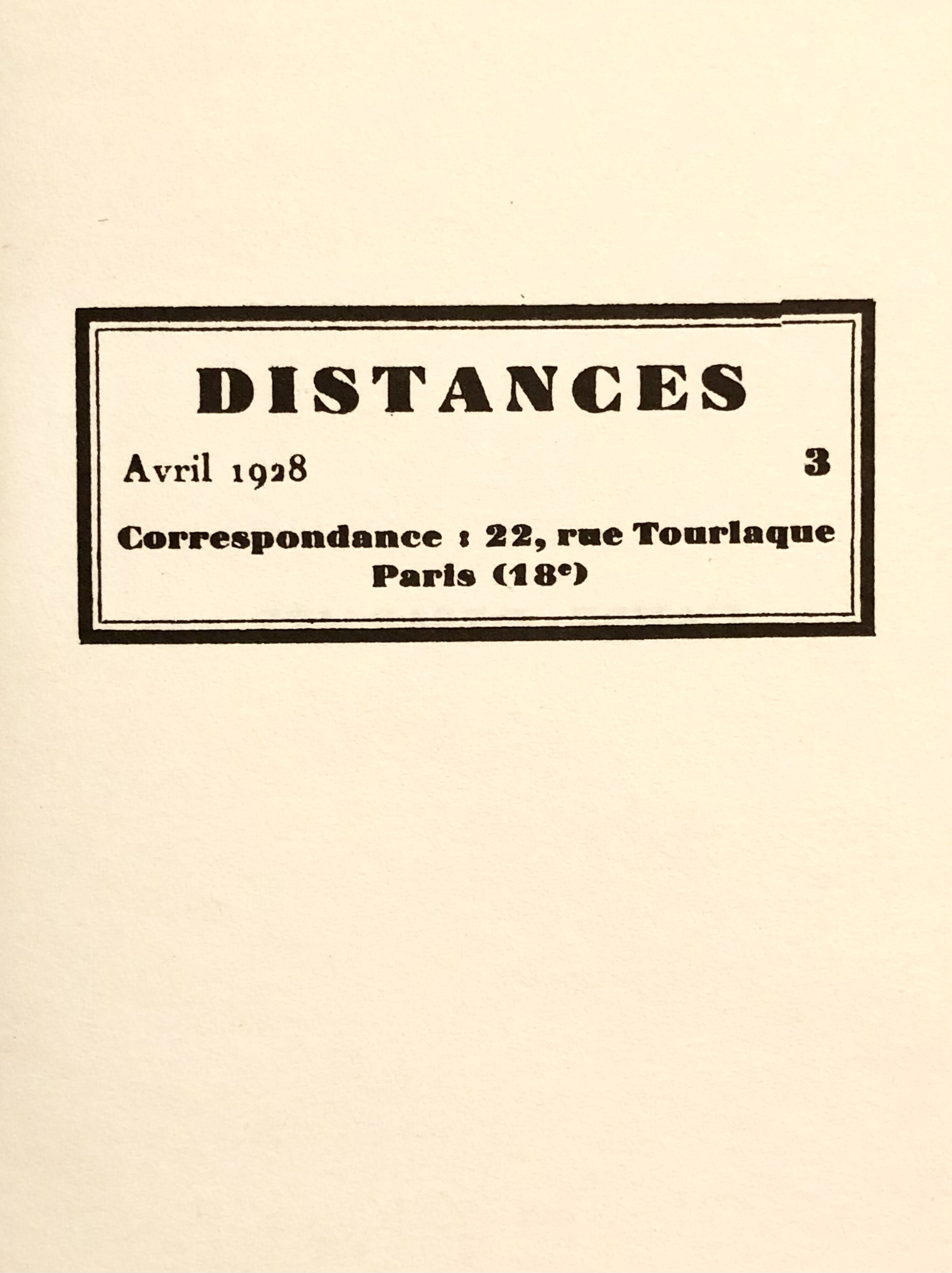L’Imitation du sommeil
L’Imitation du sommeil
Commissioned for the French guitarist Jérémy Jouve by the Paris-based Listen Ensemble, L’Imitation du sommeil was premiered at the Conservatoire de Musique et de Danse in Aulnay-sous-Bois, France on 12 May 2015. It received its second performance in France at Les Passerelles theater in Pontault-Combault on 13 December 2015. The work is an experimental guitar concerto written for classical guitar soloist, countertenor, chamber orchestra, and 4-channel generative electronics. There is no score; all musicians perform from laptops controlled by a central computer over a private Ethernet network.

L’Imitation du sommeil is intended to last approximately one hour and is comprised of ten sections that recur sequentially throughout the performance. Despite this regular recurrence, however, the generative electronics ensure that no two repeated sections will ever be the same. Each of the ten sections has its own collection of sound files. When a section begins, the computer chooses and combines different sound files to create a composite electronic texture. Each chosen sound file corresponds to a notated version for the soloist and orchestra to play. The notated versions of these sound files are displayed on the musicians’ laptops and synchronized with the electronics. The musicians’ software displays text instructions regarding when to start and stop playing; it also includes a click track.
The notated material was first conceived for the classical guitar and then afterwards transformed into the remaining instrumental parts. In this way, the solo guitar’s part is the source of the music for the rest of the ensemble. As a result, material the soloist plays can recur later in other instruments depending on the decisions of the computer. Compounding the generative variety of the work are the multiple staves in each notated part. These make it possible for the players to create hybrid versions of their parts by changing staves as they play.
The countertenor has an entirely different function in L’Imitation du sommeil. At a time interval determined by the computer, the generative music of the 10 sections is interrupted by the arrival of one of four subtly undulating electronic sonorities. Depending on the computer’s choice of sonority, one of four “interventions” is chosen for the countertenor to perform with the guitar soloist. These “interventions” consist of multiple variations of minimal, chant-like vocal material and sonorities the guitarist can re-voice ad libitum. The intermittent, otherworldly interjections of the countertenor create ambiguity about the identity of the soloist. — Is the countertenor the “real” soloist? a shadow soloist? But even in these moments, the guitarist is in control: almost imperceptibly, the countertenor follows him.
The title L’Imitation du sommeil—a play on words, being both the “limitation” and the “imitation” of sleep—is taken from a brief text by the obscure Belgian Surrealist Gaston Dehoy, which was published in the short-lived review Distances in April 1928:
Vivant depuis longtemps en ce pays sans ombre, chaque fois que le ciel cruel le vient menacer plus dangereusement, il invente aussitôt dans le sol de sa tête l'arbre qui le doit abriter.
Maintenant, recru de fatigue, il vous paraît enfin dormir, au péril entier du soleil. Mais d'artifice en artifice, il imite en secret les ruses du sommeil et veille, pour lui seul, à l'ombre de ses ruses.
[Living a long time in this shadowless land, whenever the cruel sky threatened him, he would immediately invent in the soil of his head a tree that could give him shelter.
Now, exhausted, it might seem to you that he is finally sleeping, at the mercy of the sun. But it is a ruse:
he is only pretending to sleep and is instead keeping watch, for himself alone, in the shadow of his ruses.]

My concerto is thus conceived as a series of dreams of which the soloist is the principal dreamer. Contributing to the dreamlike character of the work are slowly cross-fading field recordings, which recontextualize the music in a variety of sonic landscapes. There are also more than 300 spoken text fragments integrated into the music. I generated these fragments by using a Markov chain to manipulate the medical text Insomnia; and Other Disorders of Sleep (1885) by Henry M. Lyman, a physician known for his work during the U.S. Civil War. I recorded the texts myself and edited them so that each phrase could be individually chosen and played by the computer in any order. In performance, the sound of my voice is modified by a vocoder that harmonizes my speech with the changing harmonies of the music.

L’Imitation du sommeil represents an important development in my work. By integrating notated and electronic elements into a seamless, constantly evolving environment, the software I created makes it possible for the performers to practice their parts in much the same way that they would prepare any notated work. Each player receives a “practice patch” that allows him or her to rehearse all the notated parts for their instrument systematically. The players also have the option to listen to the corresponding electronic sound file (as well as a metronome) while they play. In performance, the players thus play material that they have prepared in advance. The only variable is the order in which the computer tells them to play these parts, or if they will play certain of them at all.